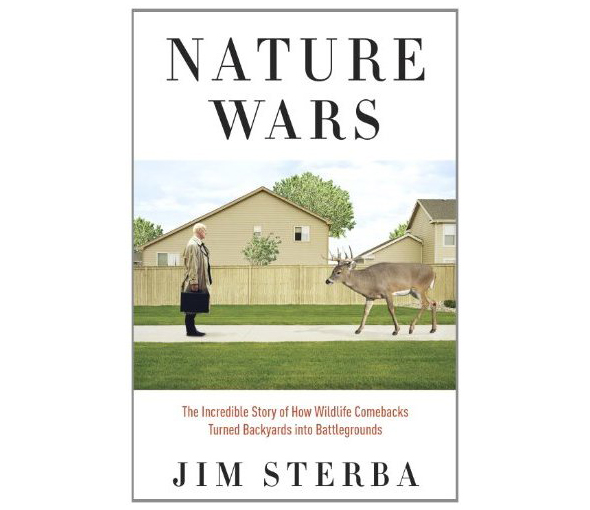It’s that time of year again—time to take stock of the year’s milestones. Check out Rolling Stone’s 50 Best Albums of 2013, for example, or Fresh Air’s book, TV, movie, and music picks.
Not to be outdone, I’ve compiled a list of what I see as the year’s 10 most important community cat news stories—a number of which even the most avid readers may have missed. (Indeed, I’ve blogged about only a handful.)
Suffice it to say, others will disagree with my choices. In fact, I’d be very surprised if anybody agreed with the entire list.
That’s fine. Better than fine, actually—if it means my selections will spark a conversation, or even a debate. Maybe even inspire others to set to work on their own list for 2014.
Without further ado, then, my picks for the 10 most important community cat news stories of 2013… Read more



